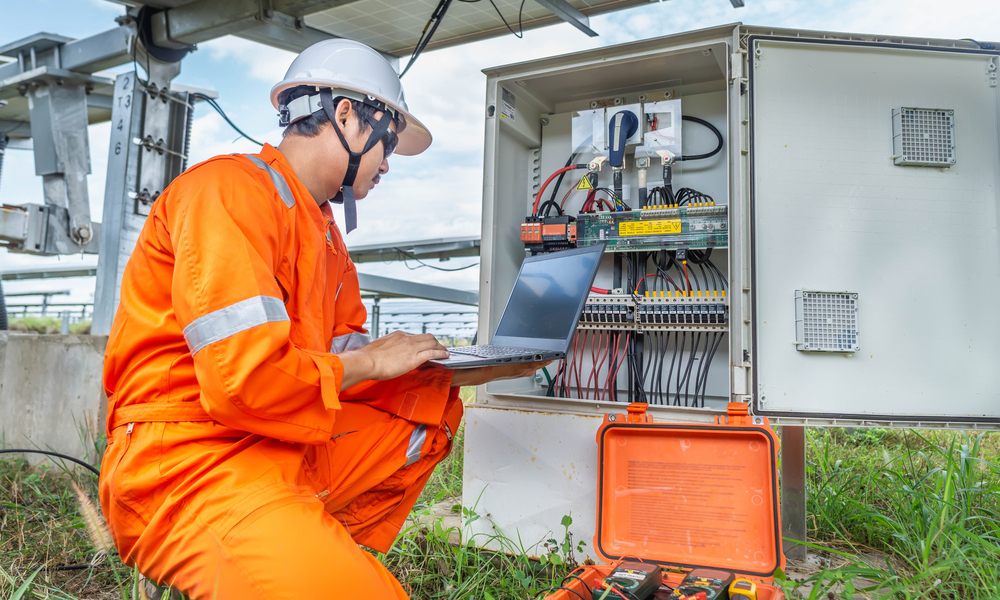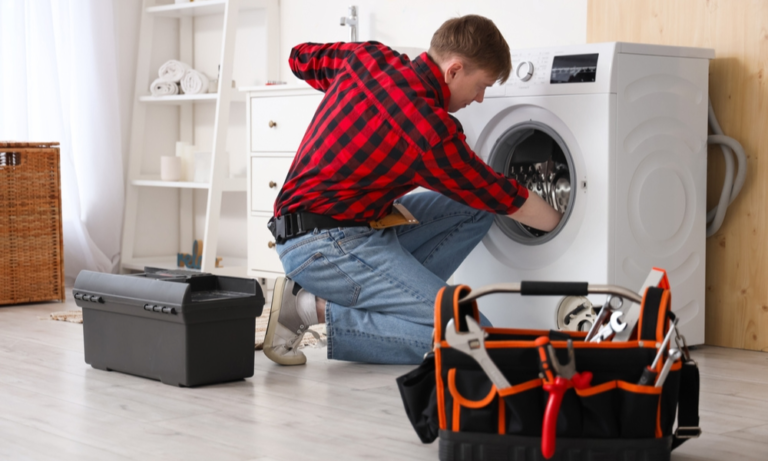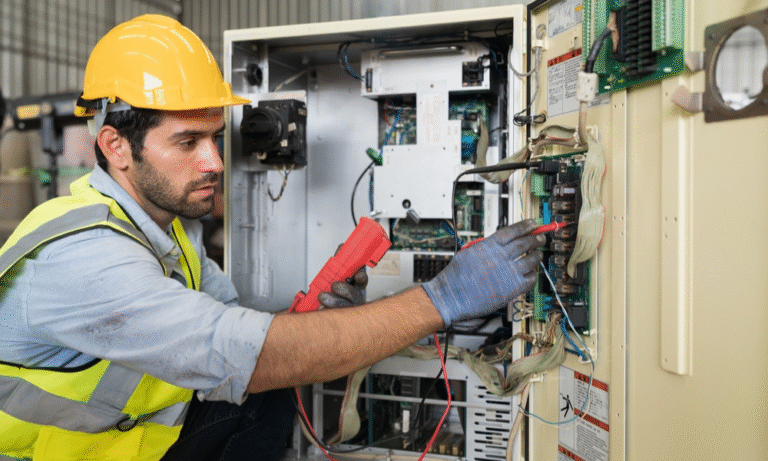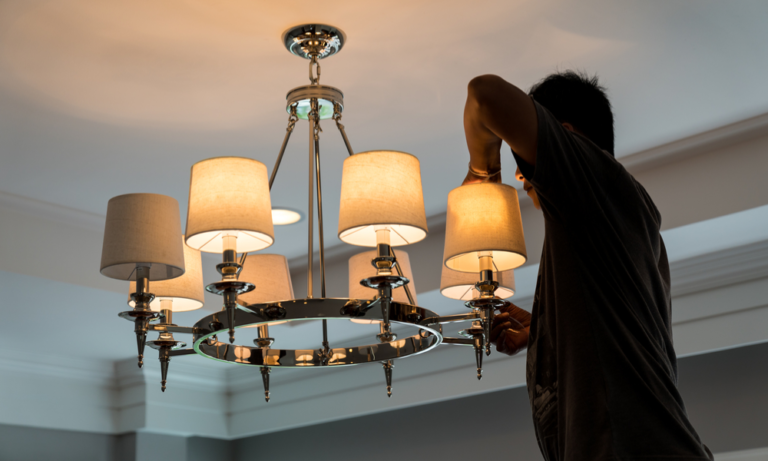Estimated reading time: 5 minutes
Your home’s electrical system is like the unsung hero of your house. It powers your life, keeps your gadgets running, and (hopefully) keeps the lights on when you need them most. But just like any hardworking hero, it needs care and attention. Without regular maintenance, small issues can spiral into costly repairs—or worse, dangerous hazards.
In this guide, I’ll share my go-to tips for keeping your electrical system safe and efficient. Here’s what we’ll cover:
- Regular inspections to catch small issues early.
- How to keep outlets, cords, and appliances safe.
- Easy energy-efficient upgrades to lower your bills.
- Preventive measures for electrical safety.
- When to call a professional (and save yourself some headaches).
Let’s get into it!
1. Start with Regular Inspections
Just because your electrical system is working doesn’t mean it’s working well. I always recommend scheduling an inspection at least once a year, especially if you live in an older home or have recently weathered a storm.
What to look for during inspections:
Frayed wires or damaged cords.
Flickering lights or outlets that feel warm to the touch.
Frequent breaker trips or fuses blowing.
Pro Tip: Use a multimeter to check the voltage of your outlets. It’s a simple tool that can help you spot potential problems before they escalate. Think of it as your electrical system’s annual physical—except you don’t need a waiting room.
2. Keep Outlets and Cords in Check
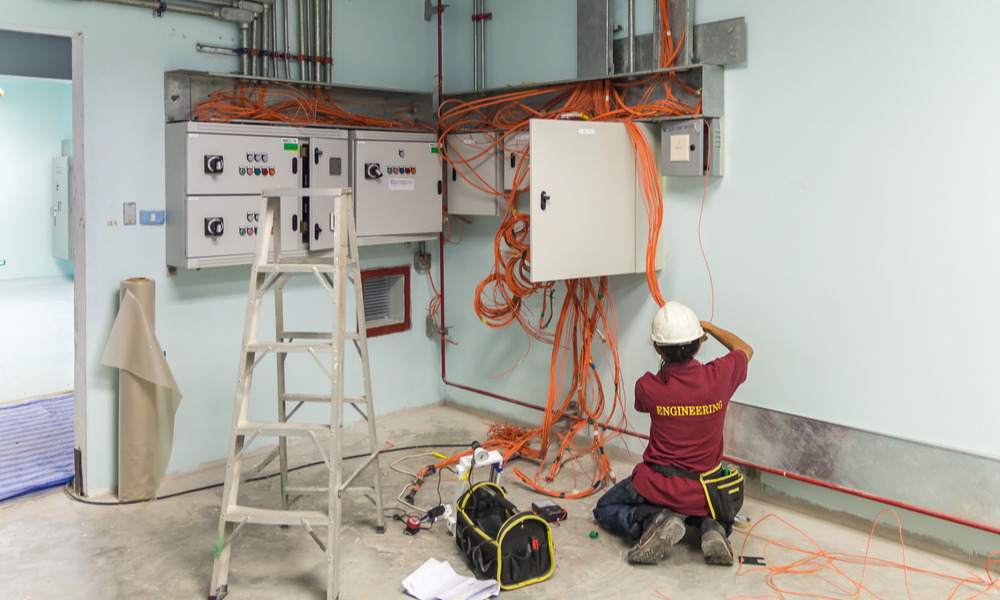
Outlets and cords might not seem like a big deal, but they’re often the source of preventable hazards. I’ve seen fires start from something as simple as a worn-out cord.
Safety tips for outlets and cords:
Replace frayed or damaged cords immediately—no duct tape fixes!
Never run cords under rugs or across doorways.
Upgrade to tamper-resistant receptacles (TRRs) if you have kids or curious pets.
If you find yourself constantly plugging things into extension cords, it might be time to add some new outlets. Bonus: consider USB outlets for easier charging!
3. Upgrade to Energy-Efficient Solutions
Energy-efficient upgrades aren’t just about saving the planet—they can also save you money. Switching to LED bulbs, for example, uses up to 80% less electricity and lasts significantly longer than incandescent bulbs.
Quick wins for energy efficiency:
Install LED lights throughout your home.
Unplug devices when they’re not in use (those sneaky “standby mode” appliances still consume energy).
Consider smart plugs or timers for devices like space heaters or holiday lights.
These changes are like the gift that keeps on giving—lower bills and a more sustainable home.
4. Preventive Safety Measures
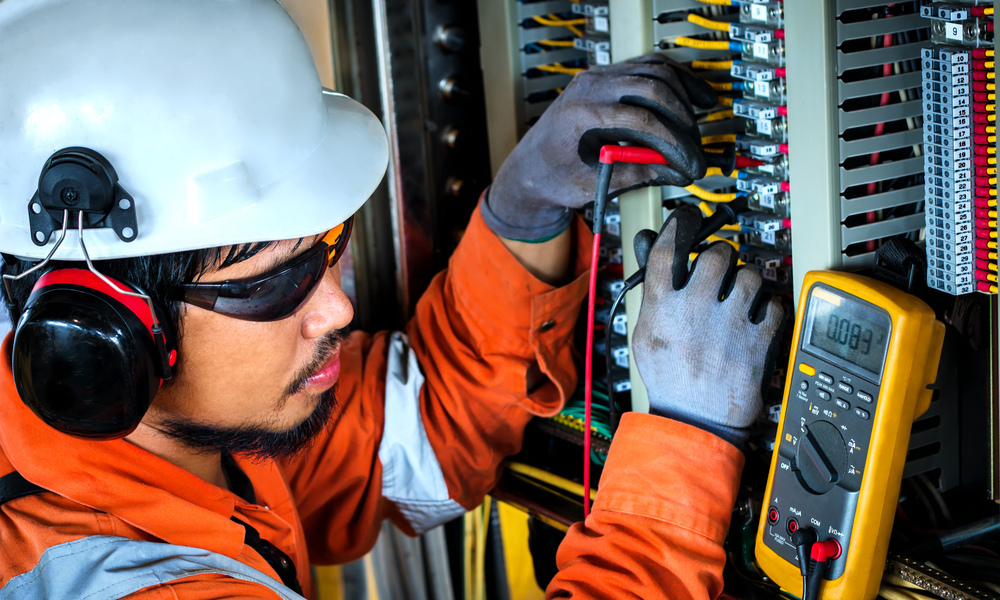
A little prevention goes a long way. These simple steps can keep your home safe and your electrical system running smoothly:
Install a whole-house surge protector: This shields your appliances from unexpected power surges, whether from a storm or an overloaded circuit.
Dust your appliances: It’s not glamorous, but dust buildup can cause overheating and damage.
Childproof your outlets: If you’ve got little ones (or pets with a penchant for chewing wires), safety shutters and cord covers are a must.
I like to think of these measures as your home’s “electrical insurance.” They’re easy to implement and offer priceless peace of mind.
5. Know When to Call a Professional
Not every issue can—or should—be a DIY project. If you notice any of the following signs, it’s time to call in the pros:
Flickering or dimming lights when you use appliances.
A burning smell near outlets or your breaker box.
Outdated wiring (hello, aluminum or knob-and-tube).
Trust me, trying to tackle these issues on your own can lead to bigger problems down the line. A licensed electrician can handle the job safely and efficiently.
6. Easy Upgrades for a Safer, Smarter Home
Technology has come a long way, and there are plenty of ways to make your home’s electrical system smarter and safer:
Upgrade to a 220-volt system: This supports high-energy appliances like ovens or dryers more effectively.
Add GFCI outlets: These outlets shut off power when they detect a fault, reducing the risk of shock or fire.
Smart home devices: From smart thermostats to automated lighting, these systems improve safety and convenience.
7. Avoid Common Mistakes
Even with the best intentions, mistakes can happen. Here are a few pitfalls to steer clear of:
Skipping inspections because “everything seems fine.”
Overloading outlets with too many devices.
Ignoring flickering lights or warm outlets.
Taking care of these small issues now can save you a lot of time, money, and stress later.
Conclusion
Your electrical system might not demand attention like a squeaky door or a leaky faucet, but it deserves just as much care. By following these tips—regular inspections, safe outlet use, and energy-efficient upgrades—you can keep your home running smoothly and safely.
And if something seems off? Don’t hesitate to call a professional. Sometimes, the smartest thing you can do is let an expert handle it.
Electrical safety is no joke, but with a little effort, you can keep the sparks where they belong: in your light fixtures, not your walls. Stay safe, stay proactive, and give your electrical system the TLC it deserves!
